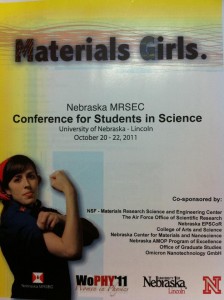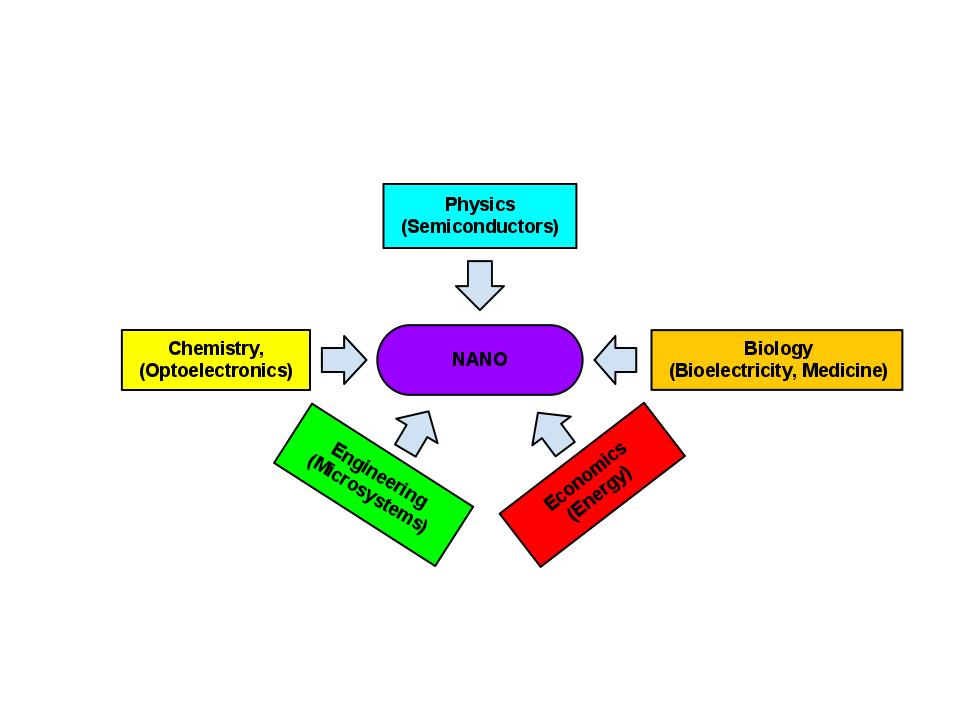#Scio12 aka Science Online 2012 is an annual event held in North Carolina that brings together librarians, scientists (all disciplines), students (k-12, ug, & grad) researchers, publishers, non-profits, communicators, authors, journalists, videographers, tech geeks, podcasts, comedians, and anyone else you can think of that is involved with science.? I was fortunate to grab one of about 450 spots to attend this conference for a second year in a row.? For every person who had to cancel and couldn’t attend another two were added to the waiting list.
I met many more people in the online community than I did at #scio11,? the fact that there is a constant community presence online means that you are never without your science family.? If you’re interested in joining in the current hashtags in use are #scio12 and #scio13 (the tag for next year’s conference).? In many ways we are kinda like the science version of the Island of Misfit Toys, if you read the #IAmScience stories (started by Kevin Zelnio) curated on the I Am Science Tumbler (both on twitter and long form on blogs) you’ll see that over 140+ stories have been shared and very few if any of us fill the science stereotypes.? I suspect in part that people who are drawn to Science Online are the misfits, the risk takers, the innovators, the people who never stopped asking why.? If we were square pegs in square holes we’d never be interested in attending a conference built by a community, ran by a community, and based on discussion instead of presentation.?? If you have a chance to attend next year I highly encourage you to try and grab a spot, but even if you can’t you can join the online family of science communicators that is Science Online.
To give you a taste of how diverse the participants on this conference are in every way please check out this fun and quirky music video put together by the smart, talented, and oh so witty @DrBondar
Notice the large number of people in the video, I know about half of them, what other conference video can you say that about?
People don’t usually understand why a science librarian would go to such a conference, here’s why I attend:
It’s the only conference I attend where I get to meet top people in every discipline I work with.? This is incredibly valuable to me, it gives me friends who I can trade advice with, insight into how researchers and students view specific resources, and increases my knowledge of their subject areas so that I can better serve the faculty and students at my school.
There is a huge science librarian contingent. Being part of the Science Online Science Librarians subfamily is a fantastic experience, these are the peers who do what I do, who solve the same problems, deal with the same challenges and many of them are not only subject specialists but also library directors and managers.? We always try and have a group lunch one of the days so that everyone knows what each other look like and then we seek each other out as time permits.? We dish the dirt on our pet projects, we ask for advice, we encourage, and we plot world domination through information dissemination :-)
There is a huge Open Access Open Data contingent, I get to find out what just came out, and what’s in the works from the people who are working on these great projects.? I learn so much in just a few days about which projects are hot, what people think is really great that I’ve never heard of.? There’s so much great stuff out there that you can’t find it all on your own.
Networking.? Everyone who attends is amazing and with this group you never know when a request will come for career advise, peer-review, a speaking engagement, an invited paper or article, or for collaboration.? You may even get to help advise or become part of a new science non-profit or educational group.? But beyond the career benefits it’s simply wonderful to make friends with a group just as obsessed about science and diverse in their interests as you are.
I’ll write more another day on some of the things I learned at Science Online, but for today I’ll leave you with a question.? Who are your communities?? Where do you go for unconditional professional support, guidance, and friendship?
I’m very fortunate to have additional support communities through ALA, ACRL, and ARL.? That might seem like overkill but if we were honest we’d admit, people are rarely truly successful without support.


